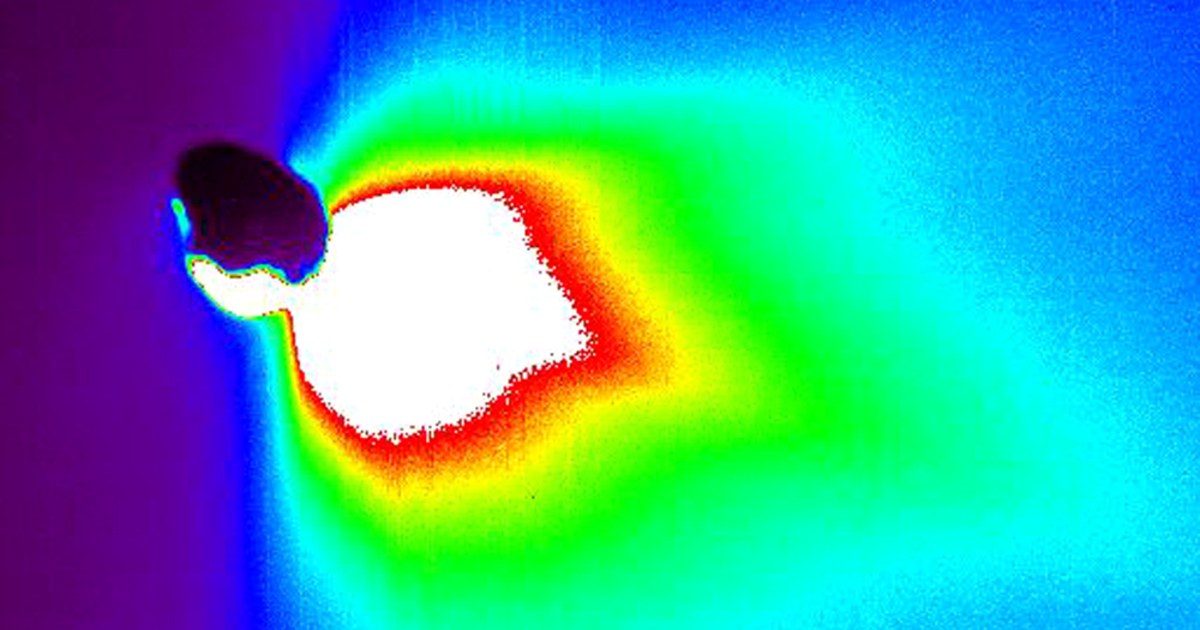

Agyapong contracted the virus and whether she had any pre-existing medical conditions that put her at higher risk

While working, she had not been treating COVID-19 patients. “Mary worked here for five years and was a highly valued and loved member of our team, a fantastic nurse and a great example of what we stand for in this Trust,” David Carter, CEO of Bedfordshire Hospitals NHS Foundation Trust, said in a statement.Īgyapong completed her last shift on March 12 and had not returned to work in the subsequent weeks. Agyapong’s husband is currently self-isolating and has been tested for COVID-19.

Her daugher, who was named Mary in memory of her mother, is “doing very well” according to hospital officials. Agyapong underwent an emergency C-section shortly after she was admitted, and gave birth to a baby girl. Wherever she went she made friends, and she never neglected to keep in touch with them.įirefighters and hospital staff at the Luton and Dunstable University Hospital in Luton, England held a minute of silence on April 16, after 28-year-old Mary Agyeiwaa Agyapong-a pregnant nurse who worked at the hospital-died of COVID-19 while her baby was saved.Īgyapong, who also went by her married name, Mary Boateng, tested positive for COVID-19 on April 5 and was hospitalized two days later. My mom was one of those people that just drew others to her. She loved to laugh, joke and get together with her many friends. But though her hands and joints would flare up periodically, nothing would stop her from making her children’s favorite foods when they visited or hugging and holding her granddaughter tight. This meant she was immunocompromised and part of a population that is especially vulnerable to this disease. My mom had also been fighting rheumatoid arthritis for many years. Nine days later she lost her battle to COVID-19. All we could do for the mom who gave us everything is tell her how much we loved her and hope that somehow, she could hear us. On a day when we would usually shower her with gifts and take her out to lunch, my family huddled around our phones and tablets as the nurse showed her to us over video chat. This Mother’s Day, my mom was sedated and on a ventilator. Let’s think of them with wet eyes and a high heart. These are just some of the people who have been taken from us, even as they have left us much to remember them by. It’s not comprehensive, nor is it meant to be. That’s the goal of this list: to acknowledge the remarkable and joyful lives of some of those we have lost. Maybe we can be better at celebrating life even as we’re saddened by its loss. But we all, at one time or another, have reason to mourn. We have no roadmap for this new territory. It’s a book of large truths disguised as small ones: “I remember,” he writes, “those times of not knowing if you feel really happy or really sad. In his jubilant and revivifying memoir, I Remember, the artist and writer Joe Brainard tabulated all the little things that can come to shape how we think about life. There can always be at least a glimmer of joy in remembering things that people gave us while they were here. Under the ground of this new wing were four cellar-level isolation cells intended for dark and solitary confinement.But not even sorrow is one-dimensional.
HEAVEN WARD LIGHT LOGGER WINDOWS
It was thought that the huge skylight would spiritually inspire the inmates, while the out-of-reach cell windows would encourage them to turn heavenward. The use of light was deliberate and philosophical. Based on the Panopticon, it is possible to see all ninety-six cells from a central viewing area. It opened four years later, and reflected the very different ideas of the Victorian age. This new wing was envisaged as a different system as early as its competition advertisement in 1857. The architect who won the open competition was John McCurdy, freemason and official college architect of Trinity College Dublin. In the late 1850s, the east wing was replaced completely. The railings which exist today around this space were originally erected in the 1880s. Just outside this entrance was where public hangings took place until the late nineteenth century, and remains of the fixtures for the gallows can still be seen. It is said that they represented the five worst crimes: murder, rape, theft, treason, and piracy. These have variously been called dragons, demons, serpents, and a hydra. The main entrance was the formidable doorway, above which five monstrous shapes writhe. The interior buildings and yards are surrounded by a thick wall which measures between 30′ and 50′ depending on its location.


 0 kommentar(er)
0 kommentar(er)
